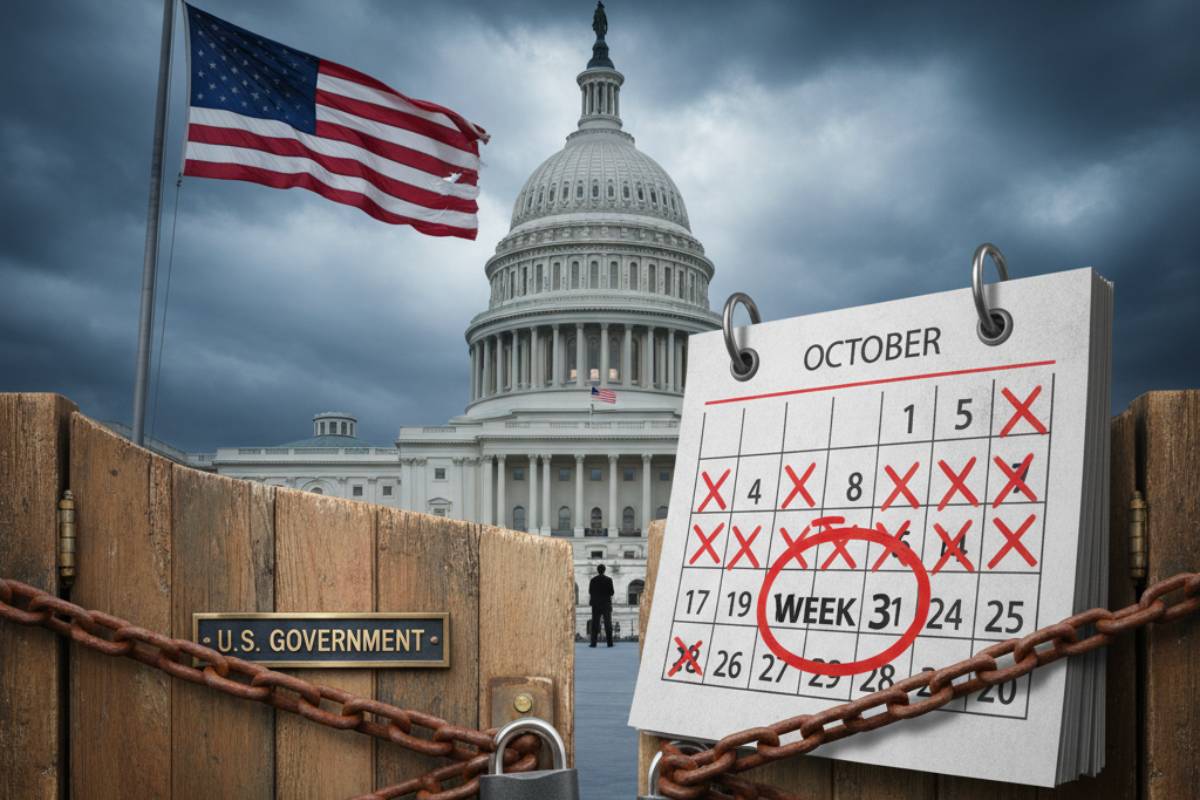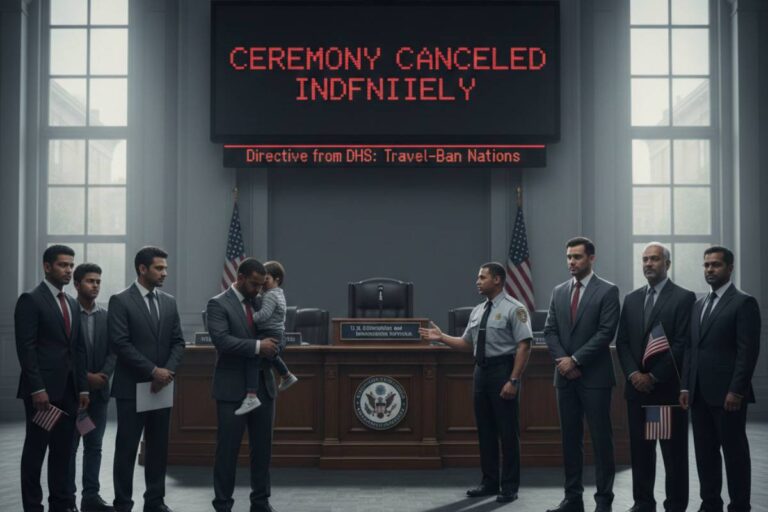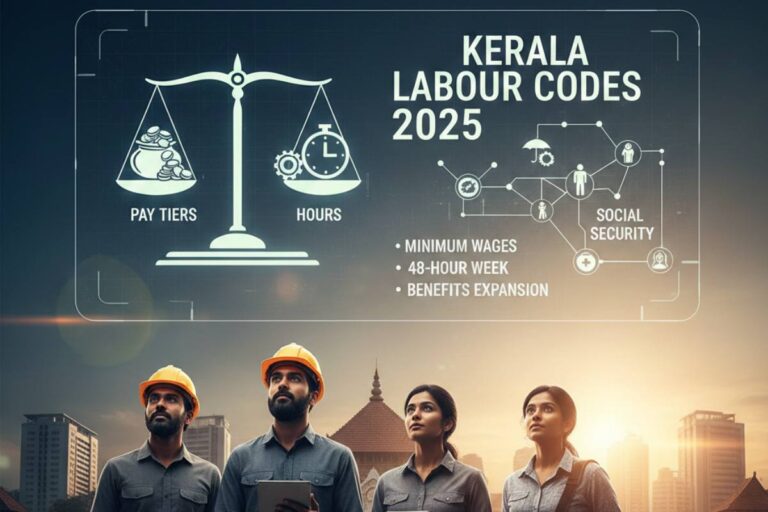Washington D.C.
The federal government of the United States has been partially shut down for a second week. Analysts are now saying that the political deadlock could last for weeks, which would be bad for the economy and the lives of millions of Americans. The shutdown started at 12:01 a.m. on October 1, 2025, when Congress couldn’t agree on a spending bill. Since then, the Republican-led White House and Democrats have been at an impasse, with no clear way out.
The bad political climate in Washington has stopped a lot of the federal government from working. The Democrats want to extend healthcare subsidies under the Affordable Care Act, but President Donald Trump and his Republican allies are strongly against this. Because of this basic disagreement, the two sides are stuck, and what could have been a normal budget negotiation has turned into a long-term crisis with serious effects.
The Parts of a Shutdown
In the past, government shutdowns were rare in American politics. Now, they happen more and more often because the country is so divided. The current shutdown is the 21st time in modern U.S. history that there has been a funding gap. It is also the third time that this has happened during Trump’s presidency. It comes after the longest shutdown in U.S. history, which lasted 35 days from 2018 to 2019 and cost the economy about $11 billion.
This history of political brinkmanship has set a bad example. Analysts say that the current political climate, which is marked by extreme division and a lack of trust between the two parties, makes a quick solution unlikely. “This shutdown may last weeks, not just days,” said Andrew Koneschusky, who used to work for Senate Democratic Leader Chuck Schumer. “Right now, both sides are stuck and not talking about how to work together.”
The Current Standstill
The situation in Washington is still stuck as the shutdown enters its second week. The Senate failed again on Monday, October 6, to pass two different plans to fund the government, one from Republicans and one from Democrats. Neither measure didn’t get the 60 votes they needed to move forward, showing how divided the parties are and how hard it is to make progress.
President Trump says the Democrats are to blame for the shutdown because they are “causing the loss of a lot of jobs” by blocking his funding resolution. He has also threatened to fire a lot of federal workers, which would put more pressure on the situation, but also be very risky politically.
Democratic leaders, on the other hand, say that Republicans are not willing to negotiate in good faith. They say that extending healthcare subsidies is very important to millions of Americans and that they won’t back down. James Druckman, a political science professor, said, “The Trump administration sees itself as having an unchecked mandate and thus generally does not compromise.” He also said that Democrats are “inclined to stand firm” after being criticized for past compromises.
The Cost to People and the Economy
Hundreds of thousands of federal employees are feeling the effects of the shutdown right away. They are either on leave or being forced to work without pay. Estimates say that up to 900,000 federal workers have been sent home, and 700,000 more, including military personnel and other important workers, are working without knowing when they will get paid next.
A lot of families are having a hard time because they don’t know what’s going to happen. In the past, furloughed workers have always gotten back pay after a shutdown, but the threat of permanent layoffs has made things even more stressful. Some agencies are getting ready for the worst. For instance, the IRS plans to put almost half of its workers on leave if the shutdown goes on.
Economists are warning that the effects on the economy will be even worse than the immediate human cost. It is thought that each week of the shutdown will cut annualized GDP growth by about 0.1%. A long shutdown could push the U.S. economy, which is already struggling with inflation and trade tensions, into a recession. The White House’s own Council of Economic Advisers says that a month-long shutdown could cut consumer spending by $30 billion.
The effects on the economy aren’t just in the U.S. If the American economy slows down, it will have effects all over the world, hurting trade partners and breaking up international supply chains.
Anger from the Public and Political Consequences
People are getting more and more upset as the shutdown goes on. A recent CBS News poll found that most Americans are worried about how the shutdown will affect the economy and that few think either party’s position is worth the trouble. People don’t think Republicans or Democrats are doing a good job of handling the situation, and they don’t think President Trump is doing a good job either.
People are getting more and more angry about this, which could eventually force one or both sides to sit down and talk. But in today’s highly partisan climate, both sides also see a political benefit in sticking to their guns. Democrats’ base is pushing them to stand up to the Trump administration, but Republicans are afraid of looking like they’re giving in to Democrats’ demands.
Possible Ways to Solve the Problem
So, what happens next? Analysts see a few possible outcomes, but none of them are very quick or easy.
- A Short-Term Solution: One option is a short-term funding agreement that would reopen the government for a few weeks while talks go on. This would help right away, but it could also lead to another shutdown in the future.
- One Side Blinks: As public pressure grows, one side may decide that the political cost of the shutdown is too high and agree to a deal. People will be watching the polls closely to see who is getting more of the blame.
- Economic Shock: A sudden drop in the stock market or other signs of economic trouble could be what pushes the parties to reach an agreement. Financial analyst Michael Ashley Schulman says, “If Wall Street gets scared and Treasury yields go up, even the most ideologically caffeinated people will suddenly find a deep commitment to bipartisan solutions.”
The country is waiting and watching as the political drama in Washington continues to unfold. Not just for the politicians, but for the whole country, the stakes are high. The longer the shutdown goes on, the more likely it is that it will hurt the economy, public services, and the American people’s faith in their government for a long time.






















